Explore the Art of Applique in Quilting With A Fun Fusible Web Project
For those of you who don’t know, applique in quilting is used to add pieces of fabric onto a background fabric to create a design or pattern. It’s a great way to add color, texture and interest to a quilt that would otherwise be difficult to achieve with traditional quilting techniques.
There are several types of applique techniques, so it's important to choose the right one for your project. Some of the most common techniques are reverse applique, needle-turn applique, raw edge applique, and machine applique.
Appliqued Flowers - Mini Quilt Tutorial
Playing with applique is fun, and the raw edge applique technique makes quick work of intricate shapes. Any shape can be added to a quilt or other project in just a few easy steps. For this project, we’ll use paper backed fusible webbing and simple flower shapes to get you started.
Fabric Supplies
You’ll need some lightweight, paper backed, fusible web and fabric scraps, along with a base piece about 18x20 for this project. To keep the final project soft, be sure to use a lightweight web that indicates it is sewable.
Prepare the Shapes
Draw a petal shape on a piece of paper. This can be any petal shape you like, from pointed like a tulip to heart shaped like a dogwood. For this project, the flower petals are about 2-1/2 inches wide by 3-1/2 inches high. Flowers come in all varieties, so use a petal shape pleasing to you.
When you are planning your piece, remember that odd numbers are generally more pleasing to the eye.
Trace, Fuse and Cut the Shapes for Your Quilt
1. Trace the shape you wish to use by placing the fusible web over the pattern with the paper side up. Know that your shape will be fused in reverse from this drawing, so if you have a directional shape like an animal or letters, you may need to draw it onto another piece of paper, then cut it out and reverse it for tracing.
2. The above shape is the flower petal, and I will have 13 of them from the same fabric. Trace all that you will need on the paper side of the fusible webbing.
3. Fuse the webbing to the backside of the fabric following the manufacturer’s instructions for heat setting on your iron. For this project, the iron is set for no steam and a wool (medium) heat setting.
4. Cut out the flower petal shapes and remove the paper from the back.
5. For the branches, fuse a rectangle of fusible web to a rectangle of brown fabric. Then use your rotary cutter to cut some long, wavy shapes like branches. Cut 5 in different lengths.
6. For the flower centers, use a small, round item and draw around it for your circle. Fuse the webbing to the backside of a scrap of gold. My circle is about one and a half inches in diameter. Cut 3.
Attaching the Shapes to the Fabric
1. Place the elements on your background and ensure you have all the pieces you need.
2. Remove all but the bottom layer, in this case, the branches. Fuse the branches to the background.
3. Stitch the branch appliques to the block with a narrow zigzag stitch. I use the Madam Sew Ultimate Presser Foot set, #12 Zig Zag foot. The clear front section makes it easy to see where your needle is going. Set your stitch width and length to a pleasing size. For this project, I set the stitch length to 1.0 mm, and the stitch width to 2.5 mm, decreasing the width as I got to the smallest parts of the branches.
As you get to the point where the pieces intersect, stitch across the overlap area, and then continue around the next branch.
4. Press the branches.
5. Add the flower petals where you want them to be, and fuse them down. Then, stitch the petals in a coordinating thread color.
6. Add the golden circles for the centers, press to fuse. Then stitch these in a coordinating thread color.
Your flowers bloom on the branches.
7. Add a half flower on one edge to make three focal points. Cut off the excess fabric on the half flower even with the project edge.
Quilt the Project
Quilt your project as you like, this is a great time to practice your free motion quilting. See my Madam Sew post How To Stipple Quilt for some tips and tutorials. For my quilt, I stipple quilted the blue background, but left the flowers and branches unquilted. This will flatten the background, allowing the flowers to puff a bit, becoming more dimensional. If you want, you could do some echo quilting inside the petals with matching color thread.
Bind and Finish Your Quilt
Bind as usual. Don’t forget to put a hanging method on the back, like the corner triangles or a horizontal sleeve as I showed in the Madam Sew blog post Quilt Hanging Methods.
Some extra tips for using applique in quilting
For many projects, using a single piece of background fabric is the right choice. But, if you have a selection of background fabrics similar in tone or color, using a pieced background gives the project added interest and dimension.
Use fabrics with a tone-on-tone or blender print for the most interest, rather than plain solid colors.
It’s okay to start small and use simple shapes when learning to applique.
When starting out in applique, take your time and practice. Whether you are hand or machine stitching, the more you do it, the better you will get.
Books on applique with pattern shapes are easy to find. You can also use coloring books, photographs, or your own imagination for motifs to applique.
Have fun quilting!
Carole
If you are new to the Madam Sew blog, be sure to check out my complete Beginning Quilting series -
I’ll be doing more articles to advance your quilting skills on Madam Sew.
Subscribe to the Madam Sew blog so you don’t miss a thing!
Stop by my blog for more easy projects at FromMyCarolinaHome.com







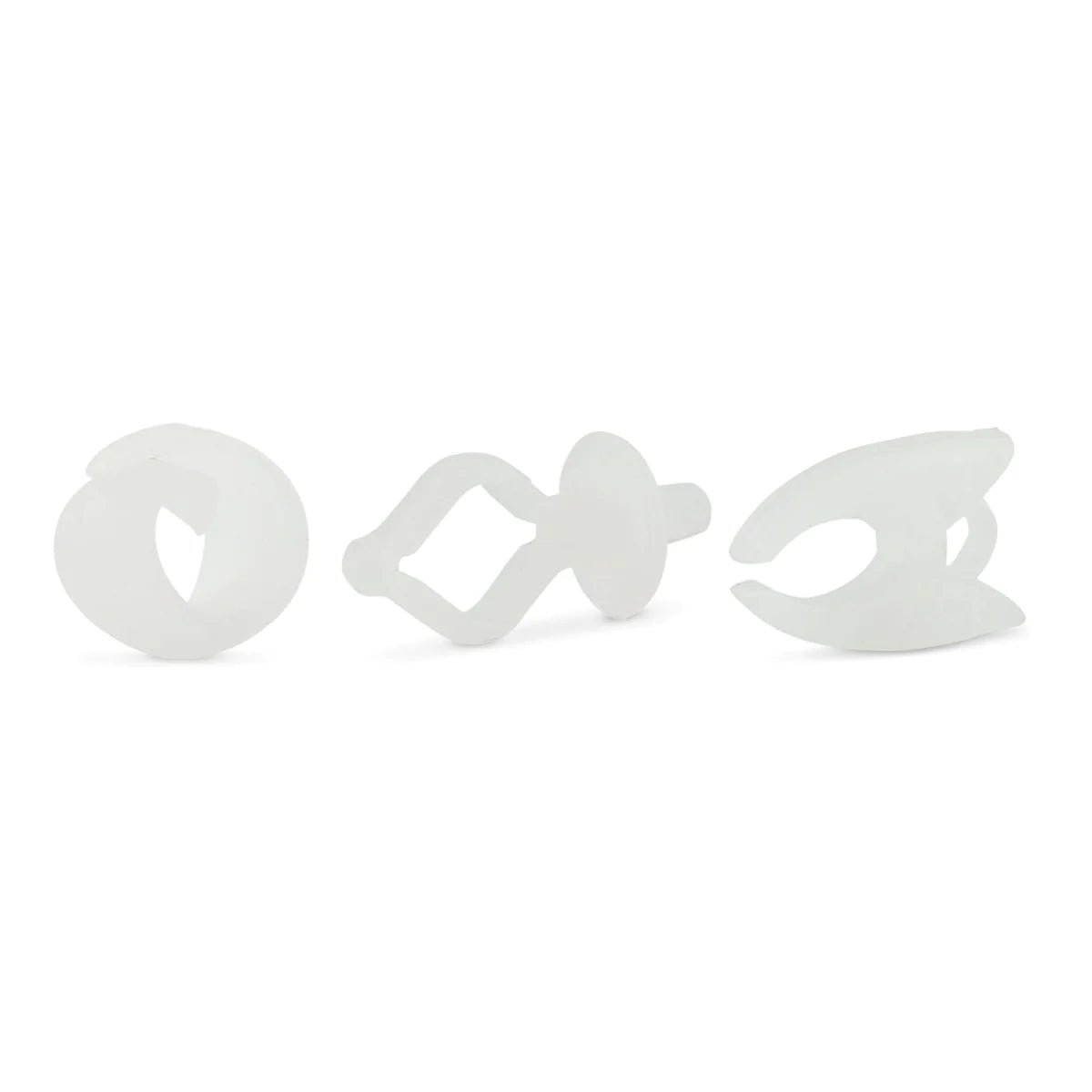
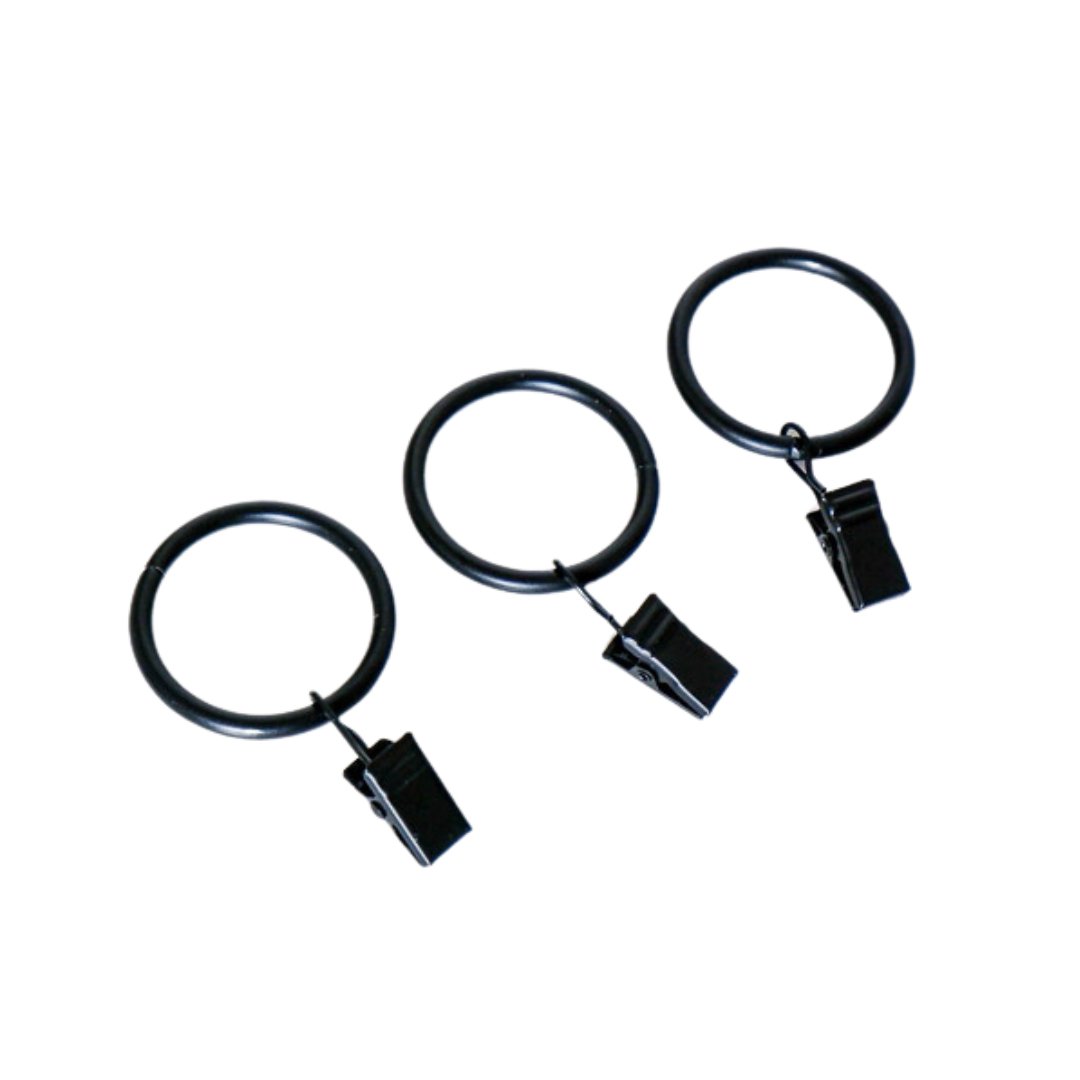
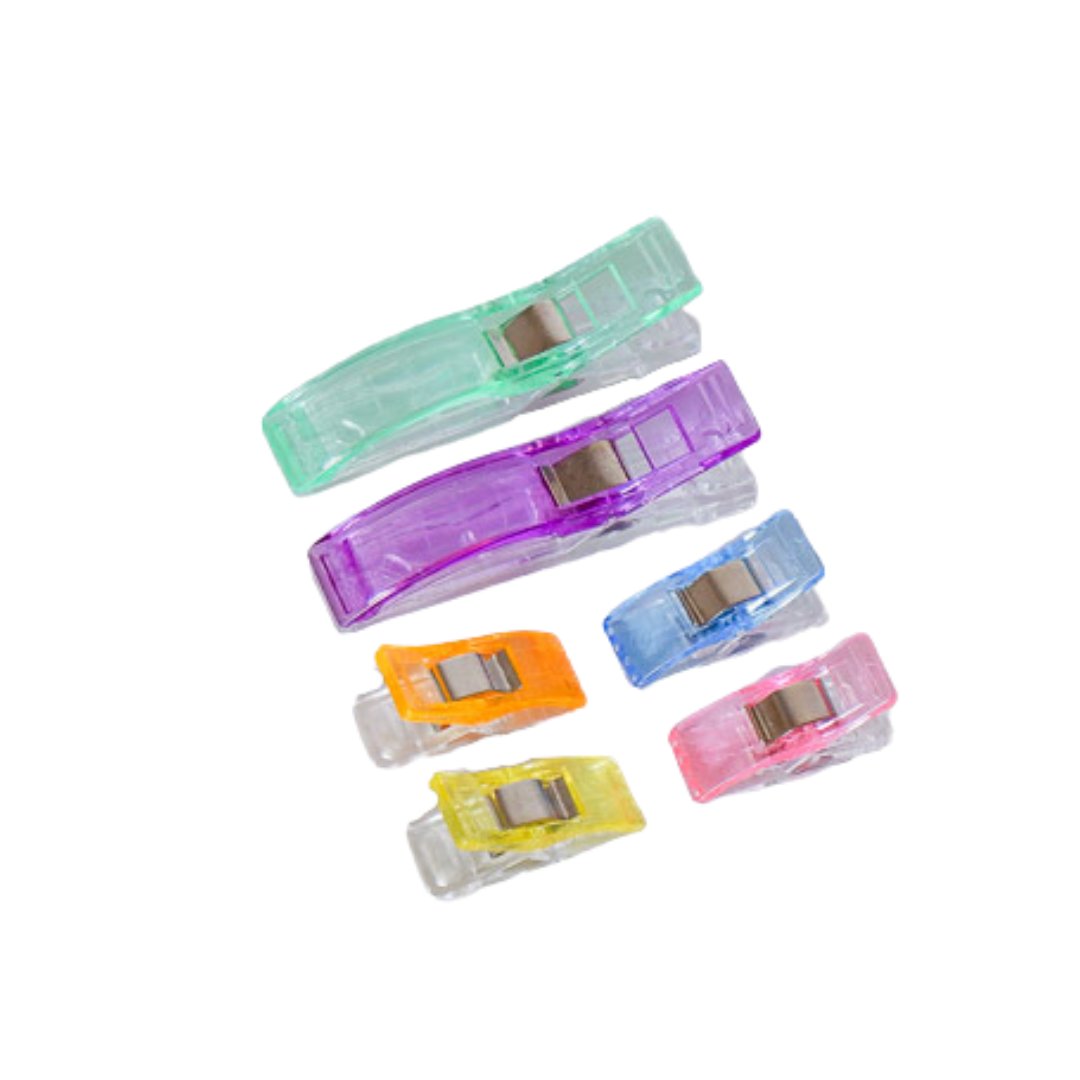
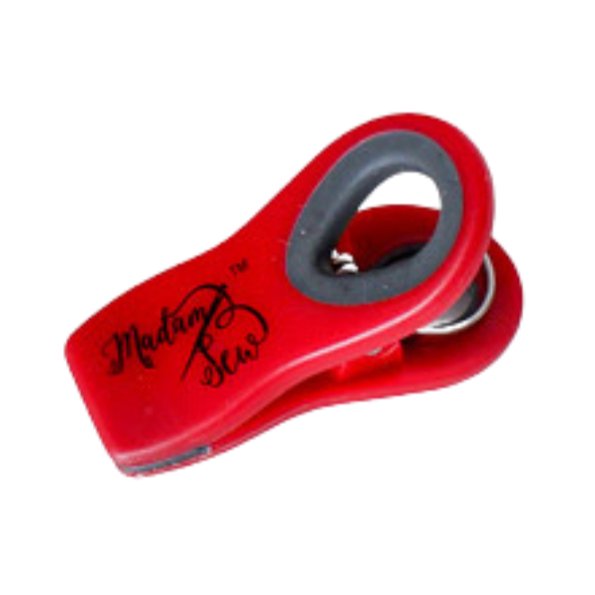
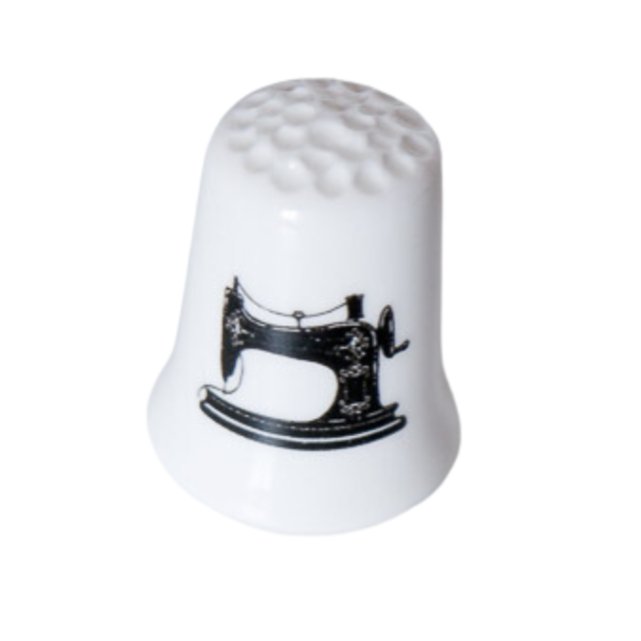
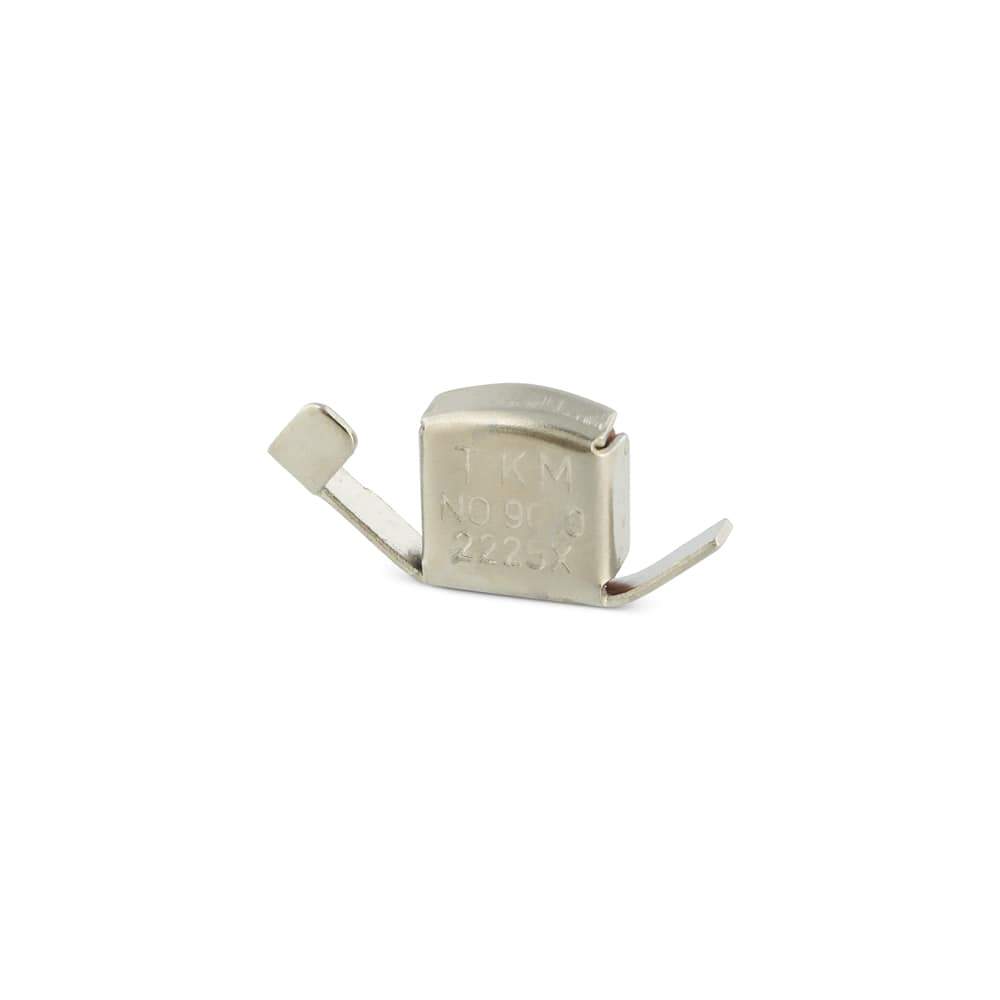

4 comments
I got a kick out of your circle template—using a jar. That’s exactly I do for my yoyos—preparing a guest blog today!! I also talk about using paper-backed fusible web. You’re a quilter after my heart!
Thank you
This is a good tutorial, thank you.
This looks like fun!